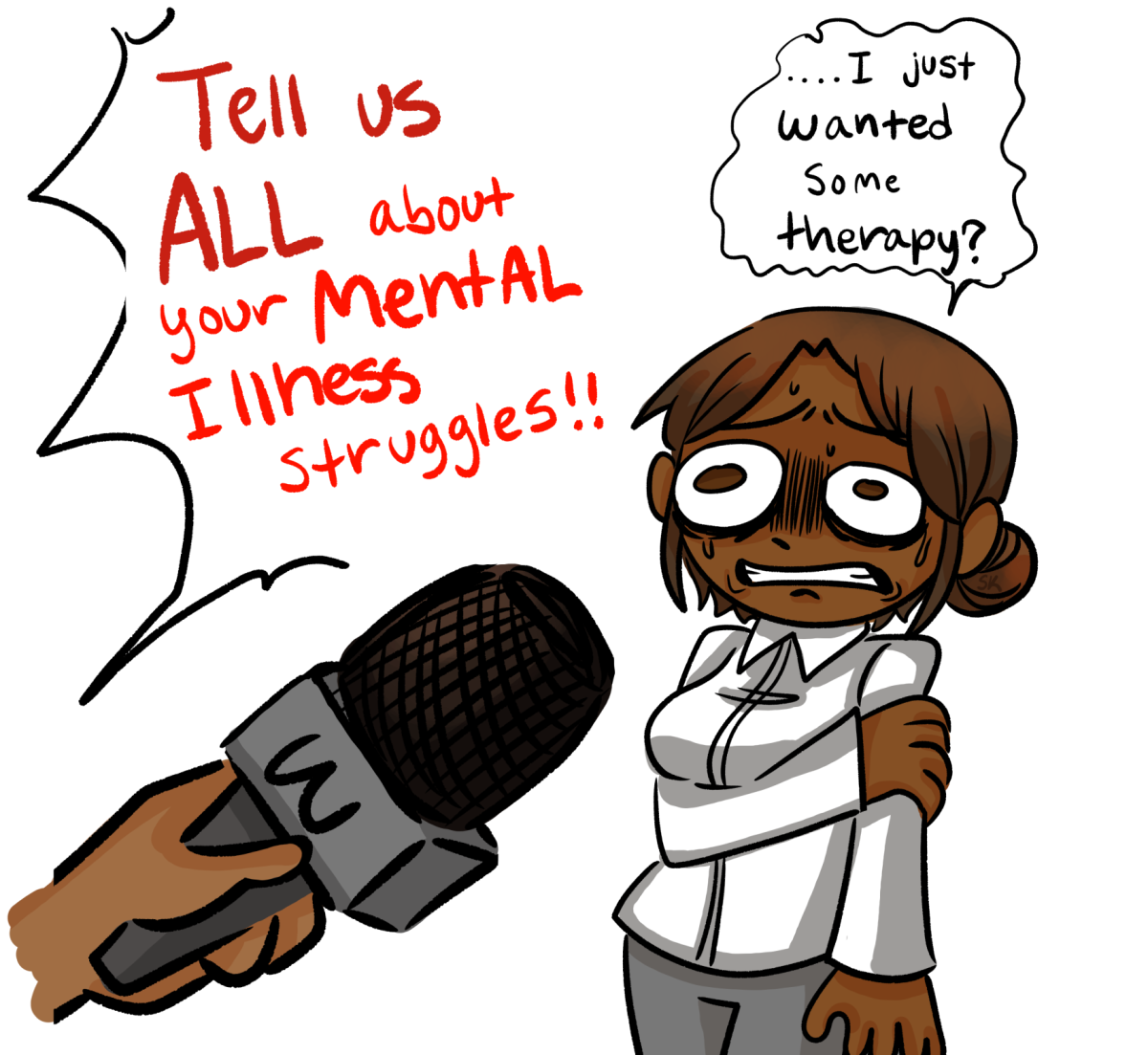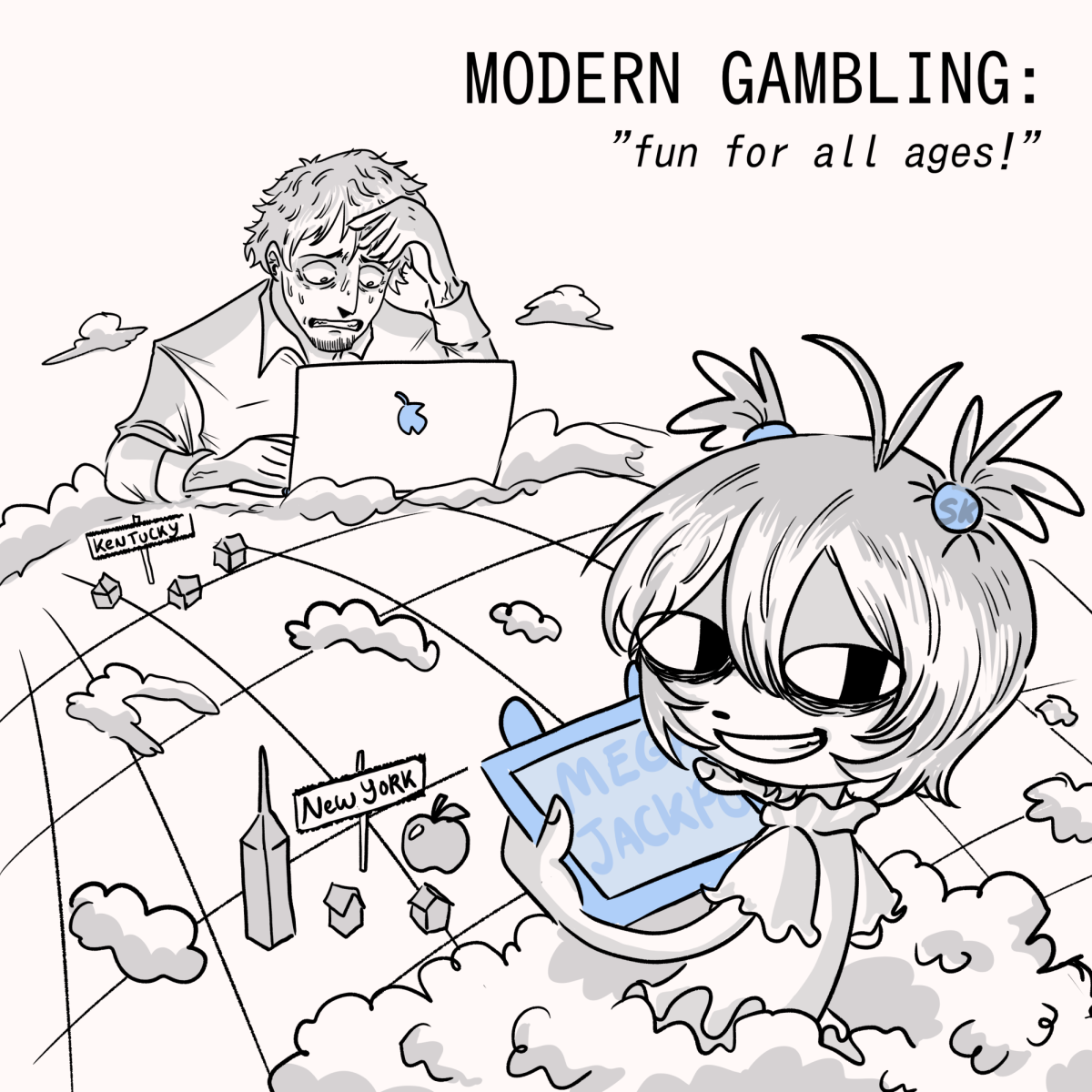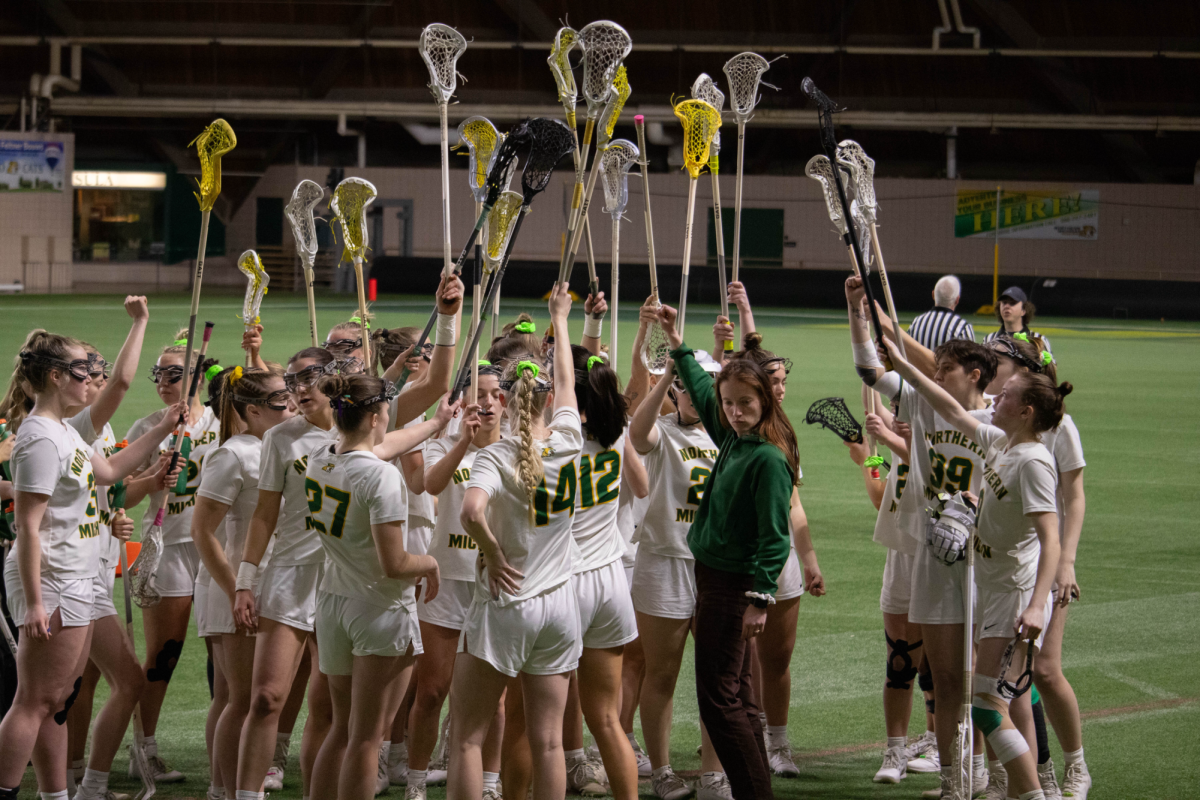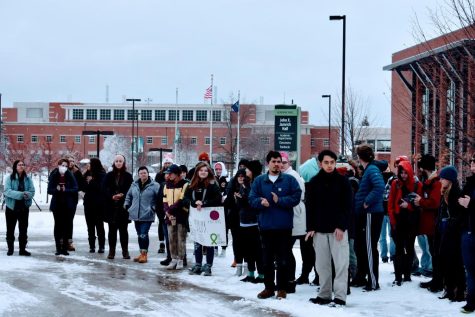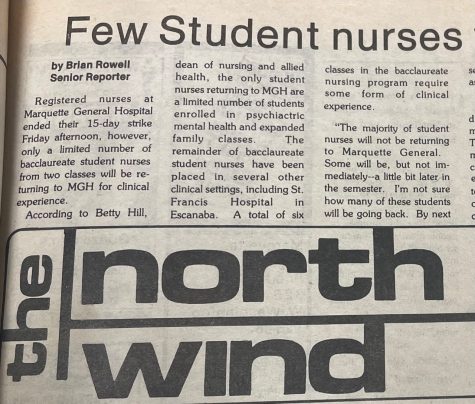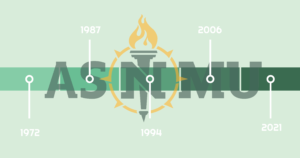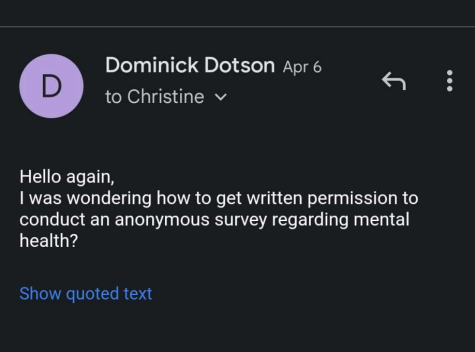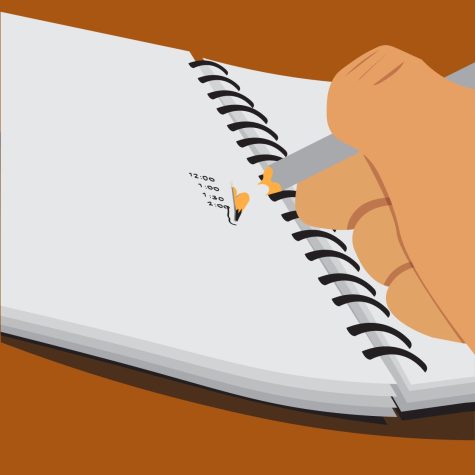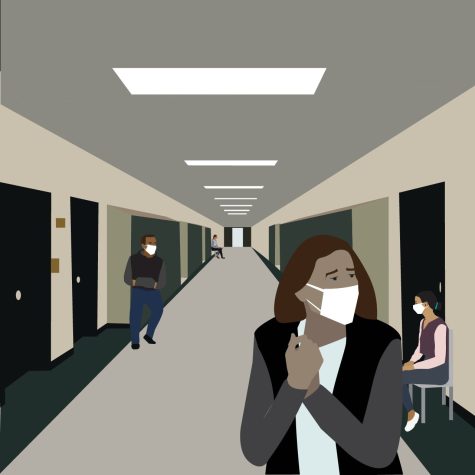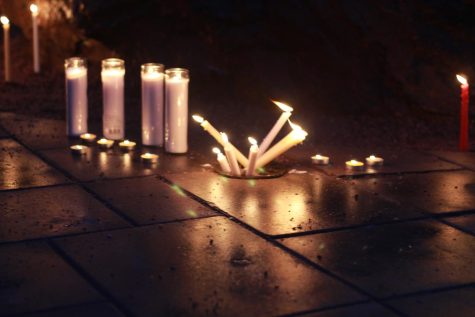Opinion—The importance of Tracy Chapman’s 1988 album
February 8, 2022
I am constantly surrounding myself with music.
As I walk to and from classes, I have my headphones on and a perfectly curated playlist waiting to be shuffled. When at home, my record player eagerly watches as I pick the perfect vinyl to spin. For me, music is a comprehensive form of storytelling that every individual can relate to and enjoy.
As 2021 began to proceed into its final months, I took some time to reflect on my taste in music. While I have Spotify Wrapped in part to blame, I quickly came to realize that my favorite tunes have stayed relatively the same for the past three years, hardly straying from the classic rock of my parents’ generation. Even further, I noticed that my discography was mostly dominated by male artists.
This fact bothered me.
As someone who grew up idolizing strong female artists like P!nk and Alanis Morissette, I began to wonder what great artists I had neglected during my years spent drowning in hair bands and soft rock. Incredible female artists have been bucking the system for decades, shamelessly speaking their truths while changing the face of music — I had simply been failing to seek them out. So at the beginning of the new year, I set out on a passion project: a musical journey of appreciating the most iconic female artists of all time.
I decided to begin with the 1960s, choosing a standout album to listen to in full from each consecutive decade. After listening to Aretha Franklin’s “Aretha Now” (1968) and Heart’s “Dreamboat Annie” (1975), I stumbled upon an album that I was vaguely familiar with: Tracy Chapman’s 1988 album, which was titled with her own name. I recalled the album because it contained a childhood favorite of mine and Chapman’s greatest hit, “Fast Car.” Despite the simplicity of the album’s cover, a headshot of Chapman gazing towards the ground, it had a mysterious appeal at my time of rediscovery, as if it had been waiting for my recognition.
I chose to let the album accompany me on a long walk around my hometown. Unlike the previous albums, which I quickly moved past after my initial listening, Chapman’s lyrics and musical style struck me in such a profound way. I found myself getting emotional as I meandered the city sidewalks, listening to Chapman, a young, Black woman in the late 1980s, unapologetically spilling personal hardships and broader societal truths into her songs. I knew I could not simply brush past this album.
And I have yet to continue my passion project.
While the album is relatively short by today’s standards, Chapman says more than anyone has ever dared to in 11 tracks, just reaching the 39-minute mark. With very little accompaniment, most times choosing to strum the acoustic guitar with light notes of background percussion, Chapman deliberately chooses to eliminate any instrumental flare that would distract from her message. Using her unique and powerful voice to confront issues of systemic racism and poverty, sharp racial divides in America and the struggle of securing women’s rights, Chapman asks the challenging “why” questions that members of today’s society are still struggling to answer.
As a 24-year old Black woman.
In 1988.
I think this album struck so close to home with me because it mirrored many of the societal challenges that we have been facing in the past couple of years. “Across the Lines,” the second track on the album, confronts the recurrence of riots that result from instances of injustice. Most notably, Chapman repeats the phrase “on the back streets of America they kill the dream of America” in each chorus. This phrase, along with the accompanying lyrics, is reminiscent of the Black Lives Matter movement that was prominent during the summer of 2020 after the unjust killing of George Floyd.
The most moving song on the album is “Behind the Wall.” This track, which has no musical accompaniment, is Chapman’s emotional retelling of a personal experience with domestic abuse. After hearing the struggle of a female neighbor, Chapman notes how it will do no good to call the police, for they claim that “they can’t interfere with domestic affairs between a man and his wife.” As a woman, I am immediately reminded of the “Me Too” movement, which hit peak prominence in 2017. The movement was created to spread awareness of women who have been, and continue to be, abused. Chapman’s “Behind the Wall” concludes with an ambulance pulling up to her apartment as police “kept the peace.” Considering that the “Me Too” movement was not officially established until the early 2000s, Chapman’s work in this area as a young artist was certainly groundbreaking for her time.
Yet, the defining characteristic of this album is how Chapman addressed these sensitive topics. This feature can be best seen on the album’s eighth track, “Why?” where Chapman poses questions to listeners about the state of society. While the song is roughly two minutes long, being posed with questions like “why are the missiles called peacekeepers when they’re aimed to kill?” made me genuinely uncomfortable as a listener. But this is a great thing, and I believe it was Chapman’s intention when writing.
Tracy Chapman’s 1988 album is an inimitable and important piece of art that should be cherished by all. It perfectly encapsulates the hardships and weariness of the people who have been subjected to systemic inequality, in terms of race, income and gender in modern society. While I recommend that you listen to the album, I also encourage you to reflect on the state of today’s society. As the up-and-coming generation of civil servants, what can we do to collectively improve in the problem areas that Chapman addressed over 30 years ago?








